1. View-Master Reels

When the View-Master was introduced in 1939, it was marketed as a fun way to view 3D images—often sold cheaply as souvenirs. While reels were meant to be swapped and eventually discarded, many people held onto them. Today, reels featuring early Disney scenes, national parks, or historical events can be valuable to collectors. Some rare sets fetch high prices among vintage toy enthusiasts.
Collectors love how each reel captures a moment in vivid, miniature detail. The variety ranges from travel scenes to pop culture tie-ins. Some hunt for complete themed sets, while others focus on rare prototypes. What was once a simple travel trinket is now a beloved piece of visual history.
2. Mason Jars
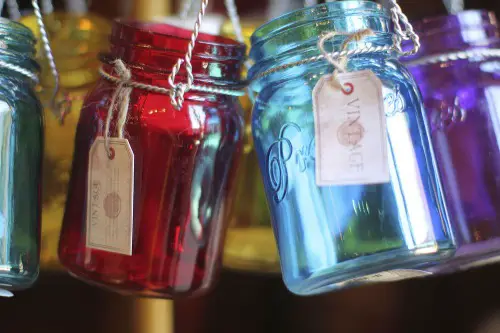
Originally invented in 1858 by John Landis Mason, these glass jars were designed for one purpose: home canning. Housewives and farmers used them for preserving fruits and vegetables, with little thought to keeping them after use. Over time, their durability, embossed logos, and variety of colors turned them into decorative treasures. Today, rare antique Mason jars—especially blue glass ones—can fetch hundreds of dollars.
Collectors now use them for everything from rustic wedding centerpieces to quirky storage solutions. The charm is in the imperfections, like bubbles in the glass or slightly crooked lettering. Brands like Ball and Kerr are especially sought after because of their long history. What began as a practical kitchen tool has evolved into a nostalgic symbol of American craftsmanship.
3. Cracker Jack Prizes

When Cracker Jack began slipping tiny toys into their caramel popcorn boxes in 1912, the idea was simply to delight kids temporarily. These prizes were cheap and often made of paper, tin, or plastic. But as decades passed, certain designs—like baseball cards from the early 1900s—became rare and highly collectible. Today, some early prizes can sell for more than the popcorn itself ever did.
Part of the magic lies in the nostalgia factor. People remember the surprise of finding a prize at the bottom of the box. Collectors often seek complete sets from certain years, which can be surprisingly hard to assemble. What was once a fleeting treat is now a cherished part of American snack history.
4. McDonald’s Happy Meal Toys
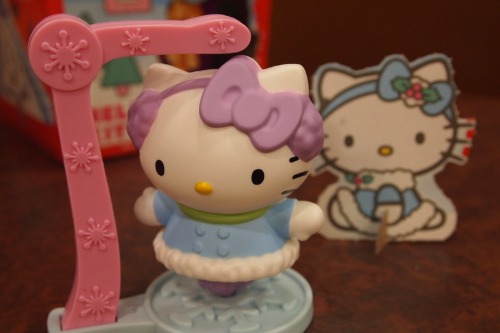
McDonald’s launched the Happy Meal in 1979 as a way to entice kids with a fun toy alongside their burger and fries. These toys were designed to be inexpensive and short-lived, often tied to movie promotions. However, some early releases—like the 1987 “Transforming” food toys—have become collector’s gold. Rare, unopened toys from the 1980s and 1990s can command impressive prices online.
The allure comes from a mix of nostalgia and pop culture relevance. Many adults now hunt for the exact toys they played with as kids. McDonald’s collaborations with Disney, Pokémon, and Hot Wheels have especially strong fan bases. What was once a freebie is now part of a booming retro toy market.
5. Ballpoint Pens
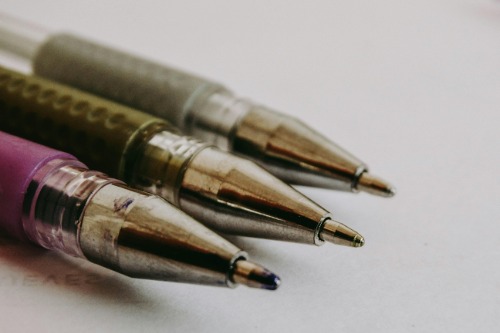
When the ballpoint pen hit the U.S. market in the 1940s, it was meant to be tossed once it ran out of ink. Businesses quickly realized they could print their logos on pens as cheap advertising giveaways. Over time, limited-edition designs, unusual shapes, and promotional tie-ins began to interest collectors. Vintage advertising pens are now a staple of flea markets and online auctions.
For some, the charm is in the kitsch—think pens shaped like rockets or featuring disappearing ink images. Others focus on brands, collecting all the variations from a certain company. Pens from defunct businesses or small-town diners can feel like miniature time capsules. Something once destined for the trash has become a tiny, affordable piece of history.
6. Postcards
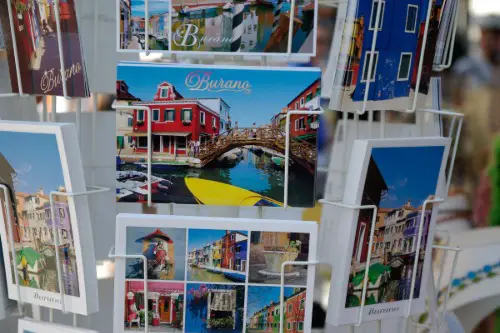
In the early 1900s, postcards were an inexpensive way to send quick messages—often tossed after reading. But their colorful lithographs, scenic photography, and quirky advertising art captured moments in time. Today, collectors prize “real photo” postcards and those from small towns that no longer exist. Some rare cards can sell for hundreds of dollars to the right buyer.
The appeal is often in the details: old cars parked on Main Street, clothing styles frozen in time, or vanished buildings. Many people collect postcards from their hometown or places they’ve traveled. There’s also a subculture of thematic collectors, like those who only seek out cards with animals or holiday scenes. What was once a quick note is now a tangible piece of history.
7. Cereal Box Prizes

From the 1950s through the 1990s, cereal companies stuffed boxes with small toys, puzzles, or decoder rings to keep kids begging for their brand. These were designed to be cheap thrills, often made of thin plastic or cardboard. But certain items—like the 1940s Captain Midnight decoder badges—have become highly sought after. Complete sets or sealed prizes can fetch surprising sums today.
Collectors love how these prizes tie into pop culture and advertising history. Some focus on a specific brand, like Kellogg’s or Post, while others chase crossover promotions with TV shows or movies. The packaging itself is sometimes more valuable than the prize. Something meant to be torn out and forgotten is now a quirky collector’s item.
8. Matchbooks
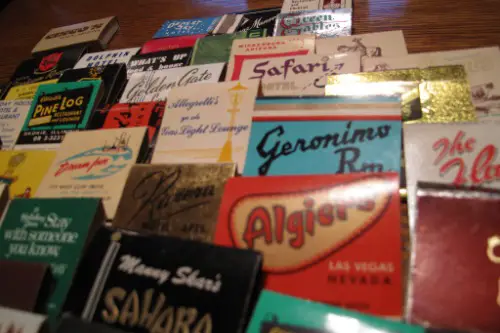
In the early to mid-20th century, matchbooks were a freebie at bars, hotels, and restaurants. They were cheap to produce and often thrown away after lighting a few cigarettes. Now, they’re prized for their advertising artwork, especially from long-gone businesses. Certain rare matchbooks, like those from the 1939 World’s Fair, can be worth a tidy sum.
Collectors enjoy how matchbooks double as miniature works of graphic design. They tell stories about a city’s nightlife, tourism, and even forgotten brand slogans. Unstruck matchbooks in pristine condition are especially desirable. What was once a disposable fire starter is now a collectible slice of Americana.
9. Milk Bottles
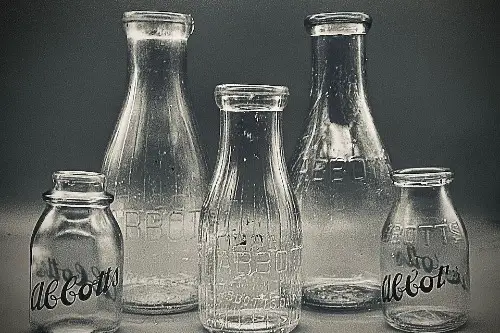
Before plastic jugs, milk was delivered in reusable glass bottles, often embossed with the dairy’s name. While meant to be returned and refilled, many bottles were kept as keepsakes or accidentally left behind. Today, bottles from defunct dairies—especially with colorful painted labels—are popular among collectors. Some can fetch high prices depending on rarity and condition.
Part of the appeal is regional pride, as many collectors seek bottles from their own area. Others are drawn to the artistry of the logos and typography. The bottles also evoke a sense of simpler times, when milk came straight to your doorstep. What was once an everyday container is now a charming relic.
10. Concert Tickets
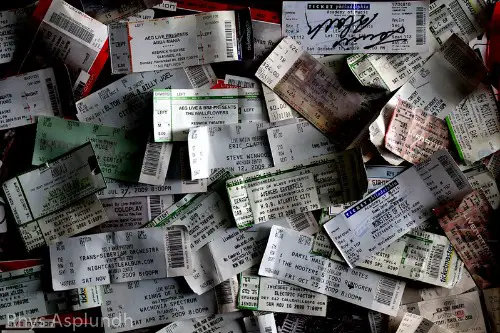
For decades, paper concert tickets were simply a way to get into a show—often crumpled or thrown away afterward. But as printing designs became more elaborate, fans began holding onto them. Tickets from legendary performances, like Woodstock or early Beatles shows, are now collector’s treasures. Even lesser-known bands can have valuable tickets if the event was significant.
The appeal is deeply personal for many collectors. Each ticket is a tangible reminder of a specific moment in music history. Some people frame their stubs, while others compile scrapbooks. What was once a throwaway stub is now a prized keepsake.
11. Fast-Food Drink Cups
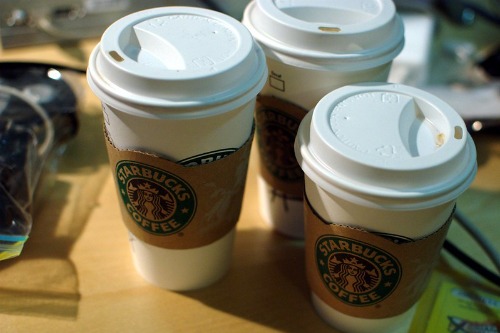
In the 1970s and 1980s, fast-food chains like Burger King and Pizza Hut gave away colorful plastic cups with movie or sports tie-ins. These were intended to be used for a while and then tossed. Now, certain sets—like the 1977 Star Wars cups from Burger King—are hot collector’s items. Complete, undamaged sets can sell for impressive amounts online.
Part of the draw is the mix of pop culture and everyday nostalgia. People remember sipping soda from their favorite character’s cup as a kid. Some collectors focus on one franchise, while others chase every promotional set they can find. What started as a cheap giveaway has become retro memorabilia.
12. Pez Dispensers
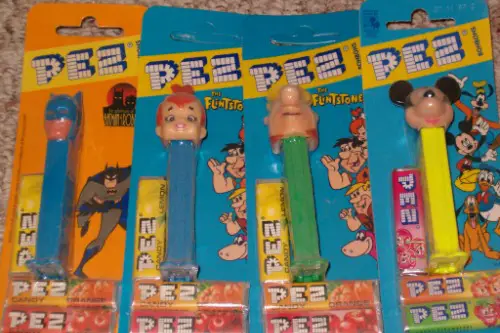
When PEZ candy dispensers came to the U.S. in the 1950s, they were a playful, disposable way to deliver mints. Over the years, their character heads—from Santa Claus to Star Wars figures—became highly collectible. Some rare variations, like the “Make a Face” series from the 1970s, can fetch hundreds or even thousands of dollars. Today, PEZ conventions draw fans from around the world.
Collectors are drawn to the mix of candy history and pop culture. The thrill lies in tracking down rare colors, molds, and character variations. Many collectors remember getting their first PEZ as a kid and never looking back. What was once just a novelty candy dispenser is now a global collecting phenomenon.
13. Lunchboxes
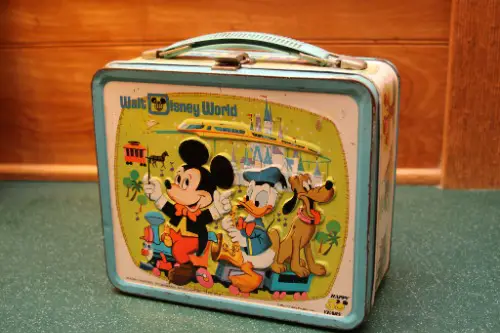
Metal lunchboxes surged in popularity in the 1950s, often decorated with TV or movie characters. While meant to protect sandwiches and thermoses, they were often dented, rusted, and eventually replaced. Today, early examples—especially those with rare or controversial designs—are collector favorites. The 1954 Superman lunchbox, for example, is highly prized.
Collectors love how lunchboxes reflect cultural trends of their time. They’re like miniature billboards for entertainment history. Condition matters a lot, with pristine boxes fetching much higher prices. Something once scuffed up in a schoolyard now sits proudly on display shelves.
14. Bottle Caps
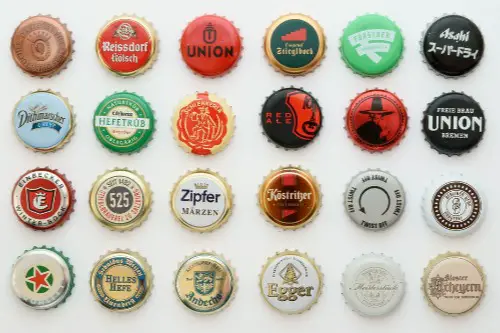
Bottle caps, especially those from soda and beer brands, were never meant to last past the drink they sealed. But their colorful logos and regional variations caught the eye of collectors. Early cork-lined caps or ones tied to contests can be especially valuable. Some rare caps from the mid-20th century are now worth more than the beverage ever was.
Part of the appeal is the sheer variety—tens of thousands of designs exist worldwide. Collectors often trade to complete sets or focus on certain eras. Caps from defunct brands or limited promotions are especially sought after. What was once ripped off and tossed is now a pocket-sized collectible.
15. Coca-Cola Bottles
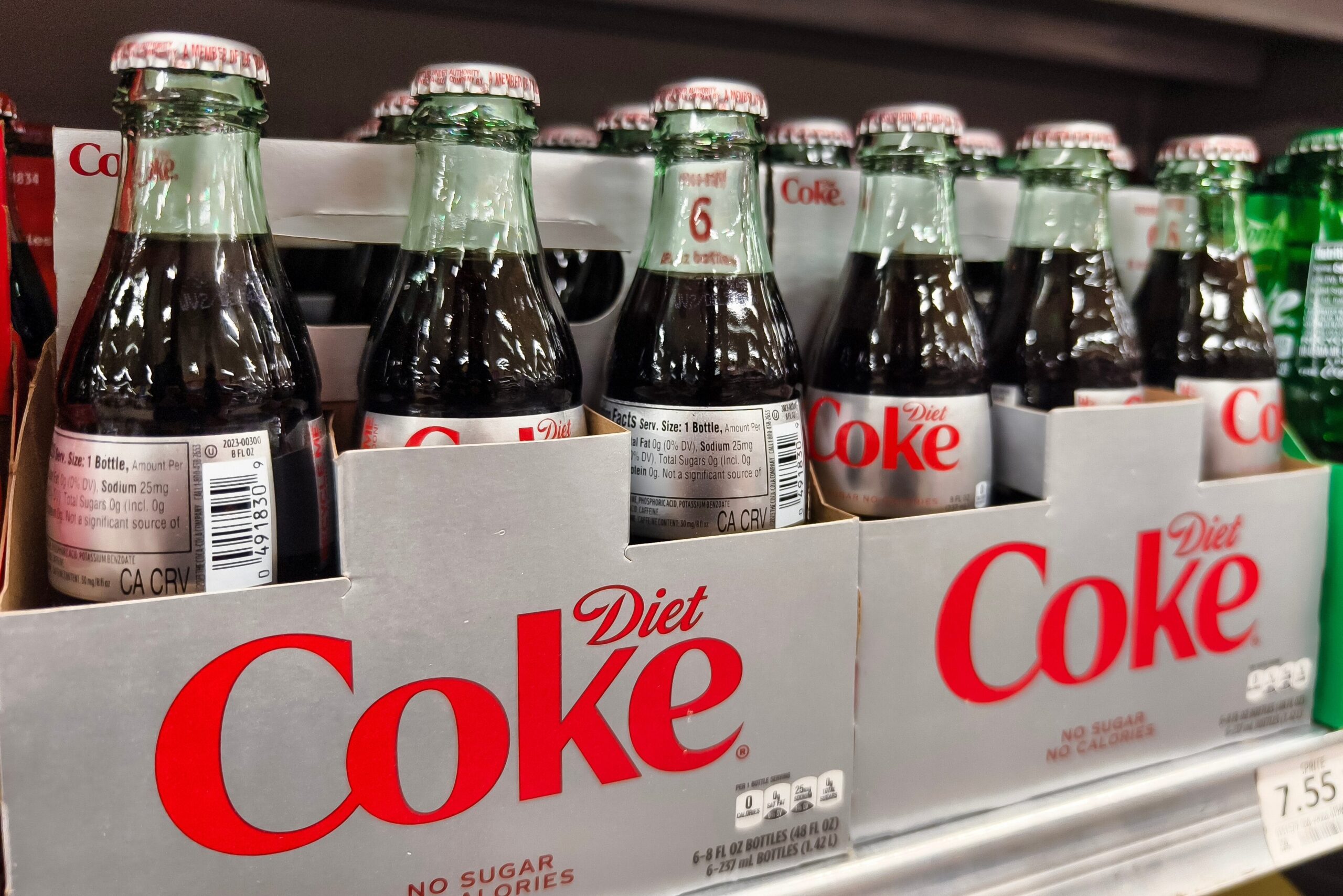
The iconic contour Coke bottle debuted in 1915, and it was meant to be returned, washed, and reused until it broke. Many ended up in landfills or discarded along roadsides once aluminum cans became popular. But collectors soon realized older glass bottles—especially embossed ones—had real charm. Certain variations, like those made in limited runs for special events, can be worth serious money today.
Part of the appeal is that each bottle tells a story about its era. Differences in shape, city markings, and even glass tint are like fingerprints of manufacturing history. Some collectors hunt for bottles from their hometown, while others chase rare misprints. What was once just soda packaging is now a prized piece of Americana.
This post 15 American Products That Were Designed to Be Disposable but Became Collectibles was first published on American Charm.


